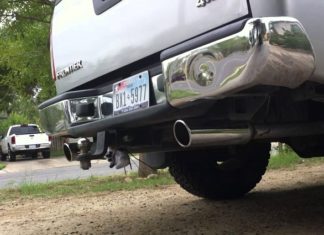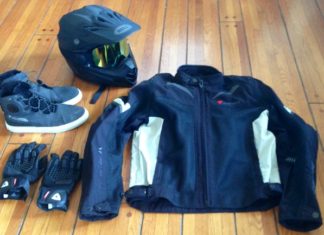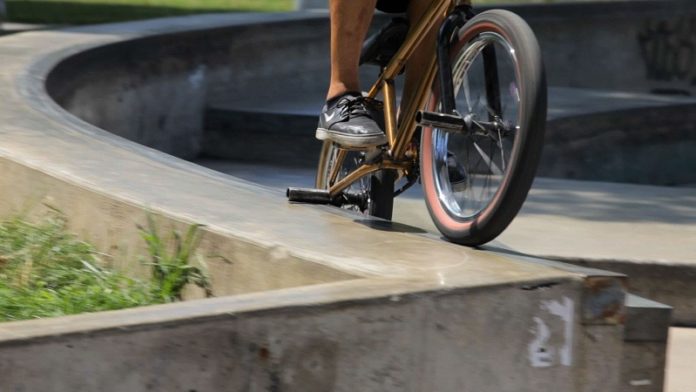
Unless you’re a BMXer who frequently performs tricks in skate parks, then you probably have no idea what pegs are. But if you do know what they are, then you understand how much of an impact they can have when performing tricks like ledge or rail grinds and even flatland maneuvers. BMX pegs are typically made of steel or alloy cylinders that are attached to the axles of both wheels, and you can have them either on one, or both sides.
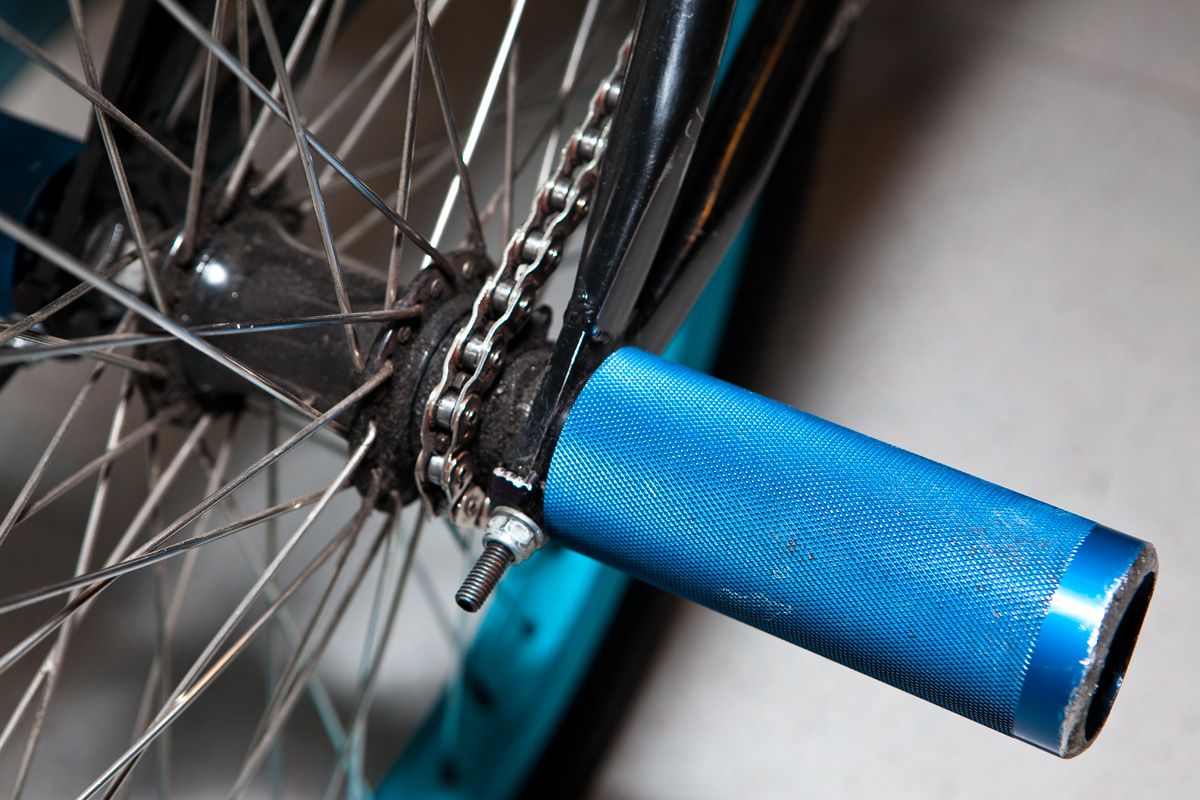
Attaching a BMX peg on your bike is a very simple task – all you need is a deep-well socket and a socket wrench to tighten or unscrew the axle’s nut inside the BMX peg. There are various different types of pegs to choose from, and depending on the type of bike and the type of riding you do, your choice will vary. Generally speaking, street and park BMX bikes are the two most popular types that use pegs, as the people who ride them perform tricks the most. Dirt jump and race BMX bikes don’t need them, and many racing events even prohibit them.
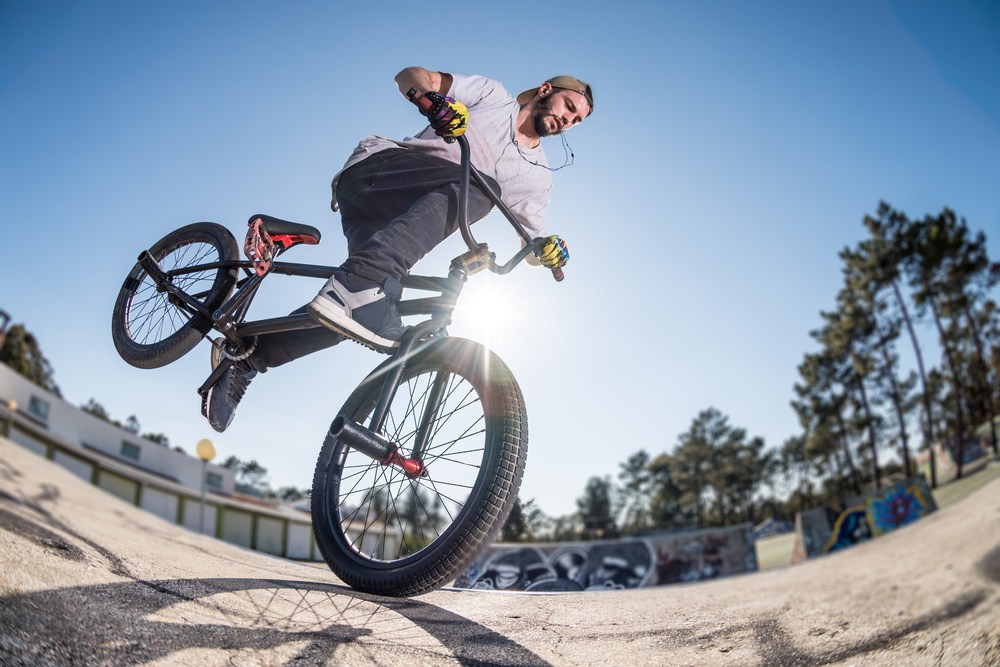
As aforementioned, pegs allow you to perform a wide range of tricks. That being said, the peg you choose for your bike will be of great importance when performing some of these tricks, as they can be hard on the peg. If the peg can’t withstand the abuse, it can break and injure the rider. Having said that, the materials, length, diameter and the axle size of the peg are all factors that you should consider before making a purchase.
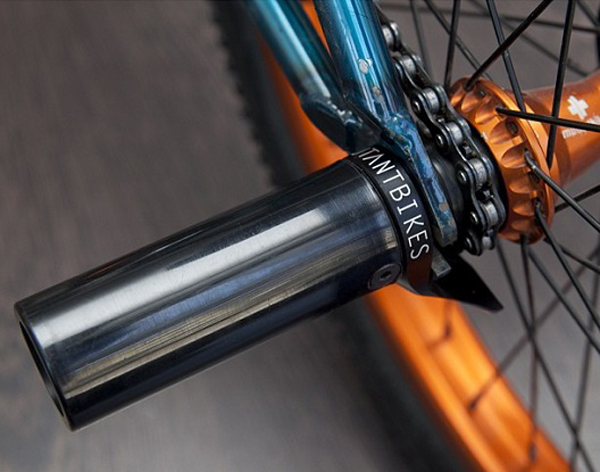
As aforementioned, steel and alloy cylinders are the most commonly used materials to make pegs. Chromoly steel is a popular choice, due to its low price, yet high strength. However, most pegs are made of aluminum alloy to balance light weight and strength. Some more advanced models feature hard-wearing and tough plastic or nylon sleeves, which allow riders to perform smoother and longer grinds. However, if you don’t want to buy a peg with sleeves, you can get a peg wax, which is basically a soap-like bar that you can rub onto the pegs, ledges, and the rails you grind on to reduce friction.
The length of the pegs is typically around 100mm, but there are also 110mm models available for riders who think that longer pegs offer more grind. On the other hand, there are micro pegs that are just 30mm long which are used by riders who want axle protection without being obtrusive when performing air tricks. The typical diameter of pegs is around 38.5mm, although some riders prefer “skinnier” pegs of 35mm or less simple ones for their lower weight. Most pegs are designed to fit the 14mm axle, which is the standard axle size on most park and street bikes.







